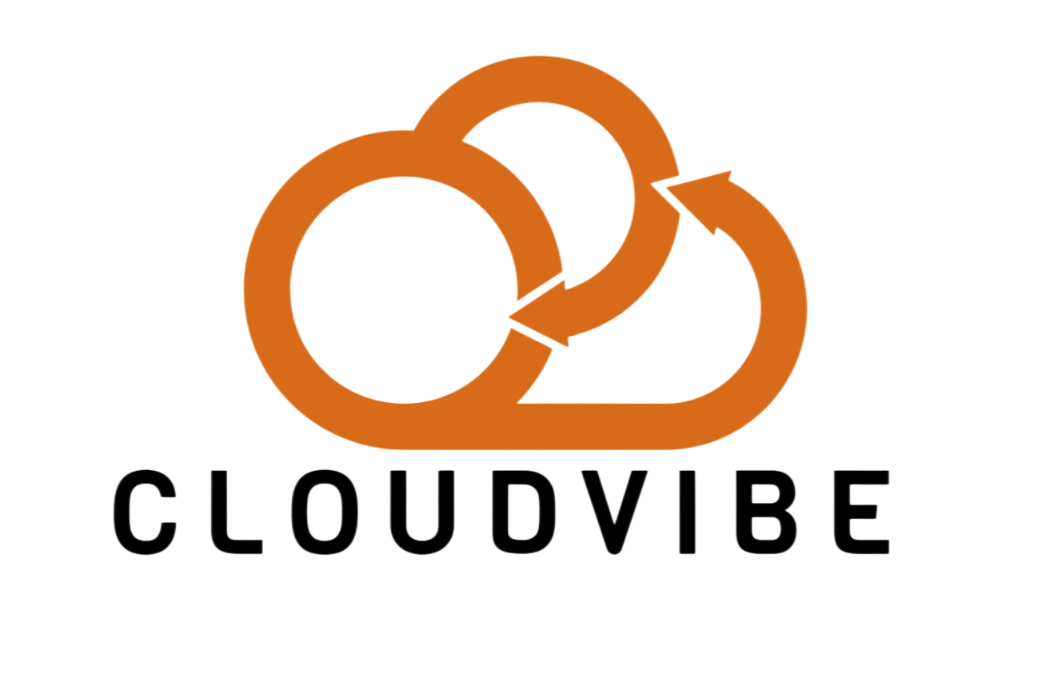The Future of Web Development: Emerging Trends and Technologies to Watch in 2025
Web development is a rapidly evolving field where staying abreast of the latest trends and technologies is crucial for success. This dynamic domain continually introduces new tools and methodologies that significantly enhance user experience and operational efficiency. As technologies evolve, so too does the potential to revolutionize how users interact with digital platforms.
The importance of keeping updated with these advancements cannot be overstated, as they often lead to more streamlined, intuitive, and engaging websites. This guide explores several cutting-edge developments in web development, focusing on how they can be harnessed to improve both front-end and back-end aspects of web solutions.

The Rise of AI and Machine Learning
Artificial Intelligence (AI) and Machine Learning (ML) are reshaping the landscape of web development, propelling it towards more intelligent and adaptive solutions. In the realm of user interface design, AI can automate complex processes, enable real-time problem-solving, and enhance user interactions through more intuitive layouts.
ML algorithms are being employed to personalize user experiences, providing content and recommendations based on user behavior and preferences, thereby increasing engagement and satisfaction. Beyond the front end, AI and ML are streamlining backend operations by automating routine tasks, optimizing load times, and ensuring more robust security protocols. The integration of these technologies into web development not only boosts efficiency but also opens up new possibilities for creating more responsive and tailored user experiences.
Progressive Web Apps (PWAs)
The shift toward Progressive Web Apps (PWAs) marks a significant evolution in web development, bridging the gap between web pages and mobile applications. PWAs leverage modern web capabilities to deliver an app-like experience, such as push notifications, offline work mode, and device hardware access, all within a browser.
This technology enables users to install the web app to their home screens and use it in offline mode, which proves especially beneficial in areas with poor internet connectivity. The seamless integration and uniform experience across various devices enhance user engagement without the need for multiple versions of a mobile app. As businesses recognize the cost-efficiency and broader reach of PWAs compared to traditional mobile apps, their adoption is becoming increasingly popular, reshaping how users interact with their favorite platforms.
API-First Development
In an interconnected digital ecosystem where various applications and devices need to communicate, API-first development has emerged as a crucial strategy. This approach prioritizes the development of APIs before the implementation of the actual software, ensuring that all functionalities are accessible through well-defined and robust interfaces.
The rise of the Internet of Things (IoT) and the increasing complexity of digital systems have made API-first development indispensable. By designing APIs that cater to diverse devices and services from the outset, developers can create more flexible and scalable architectures. This methodology not only speeds up the development process by allowing teams to work in parallel but also enhances the integration of new technologies and third-party services, enabling businesses to adapt quickly to changing market demands and technological advancements.
Motion UI
In an era where user engagement is paramount, Motion UI has emerged as a crucial element in enhancing the interactive aspects of web designs. This approach involves the use of refined animations and transitions to enrich the user interface without compromising performance.
With Motion UI, developers can implement sophisticated visual cues that guide users seamlessly through their digital interactions, making the experience not only more enjoyable but also intuitive. These dynamic effects can draw attention to important elements, indicate actions, and provide feedback in a way that static interfaces simply cannot. Moreover, Motion UI can be integrated efficiently into websites without heavy demands on resources, thanks to lightweight CSS and JavaScript frameworks that facilitate quick loading times and smooth animations, ensuring a balance between aesthetic appeal and performance.
Serverless Architecture
Serverless computing is revolutionizing backend web development by offering a more streamlined and cost-effective way to run applications. In a serverless architecture, developers can deploy code without the hassle of managing the underlying infrastructure. The cloud provider dynamically allocates the resources, managing the servers and their configurations.
This not only reduces the cost associated with server maintenance but also enhances scalability, as the architecture can easily adjust to handle increases or decreases in application usage. Moreover, serverless computing allows developers to focus more on the code and less on server management, which simplifies backend code management and can accelerate the development process. This model is particularly advantageous for businesses looking to innovate quickly and efficiently while keeping operational costs low.
Subheading 6: Voice Search Optimization
With the growing prevalence of voice-activated devices, such as smart speakers and virtual assistants, optimizing for voice search is becoming increasingly important in web development. Voice search optimization requires a different approach than traditional text-based SEO. Developers must understand the natural language processing that powers voice search technologies and how users phrase queries when speaking rather than typing.
This involves structuring content in a way that aligns more closely with conversational language and focusing on long-tail keywords that are likely to be used in spoken queries. Additionally, incorporating schema markup to define the context of the content can enhance a site’s visibility in voice search results. By optimizing websites for voice search, developers can tap into this growing trend and ensure that their sites remain accessible and relevant in the evolving digital landscape.
Cybersecurity Enhancements
As web technologies evolve, so too do the threats and vulnerabilities that challenge the security of websites. In response, cybersecurity technologies and protocols continue to advance, providing stronger defenses against increasingly sophisticated cyber attacks. Modern web development must integrate the latest security practices to protect data integrity and user privacy. This includes the implementation of HTTPS, which secures data in transit, and the use of Content Security Policies (CSP) that prevent cross-site scripting (XSS) and data injection attacks. Regular updates to frameworks and libraries are also crucial to patch any security vulnerabilities promptly. Additionally, emerging technologies like AI and machine learning are being employed to detect unusual patterns that could indicate a security breach, enabling proactive responses to potential threats.
Single Page Applications (SPAs)
Single Page Applications (SPAs) continue to be popular due to their speed and simplicity, which significantly streamline the user experience on both mobile and desktop platforms. Unlike traditional web applications that reload the entire page upon each user action, SPAs reload only the necessary content, making the experience smoother and faster as users interact with the application.
This approach not only reduces the time taken to load and execute content but also minimizes server load, which can be especially beneficial in high-traffic applications. Frameworks like React, Angular, and Vue.js facilitate the development of SPAs by offering efficient, ready-to-use components that manage various aspects of the user interface, making it easier to build and maintain complex applications.
Blockchain Technology
Blockchain technology is starting to carve a niche in web development, particularly in enhancing transparency and security for online transactions. With its decentralized nature, blockchain offers a robust solution to security concerns in web applications, particularly in areas like e-commerce and online payments, where trust and security are paramount.
By integrating blockchain, developers can create systems where transactions are verifiable and immutable, significantly reducing the risks of fraud and data tampering. Additionally, blockchain’s application in identity verification processes can enhance user privacy by providing a secure method of authenticating identities without exposing sensitive personal information.
Sustainable Web Design
Sustainability is becoming an increasingly important priority in web development, with a growing focus on creating websites that are not only efficient but also environmentally friendly. Sustainable web design involves optimizing resources to reduce the digital carbon footprint of websites. This includes implementing efficient coding practices, reducing the use of heavy images and scripts that require more energy for processing and transmission, and opting for green hosting providers that use renewable energy sources.
Additionally, sustainable practices also consider the longevity and scalability of the website, designing solutions that are timeless and easily maintainable, which contributes to lower energy use over time. As environmental concerns continue to gain attention, sustainable web design is set to become a critical component of ethical web development practices.
The landscape of web development is ever-changing, driven by rapid advancements in technology and shifting user expectations. As we have explored, from AI and machine learning enhancing user interfaces to the integration of blockchain for secure transactions, the scope of web development is expanding and evolving. This dynamic environment demands that developers not only keep pace with current trends like Progressive Web Apps and serverless architectures but also continuously adapt to new technologies as they emerge.
Staying competitive in this field means embracing a mindset of lifelong learning and constant adaptation. Developers must be proactive in updating their skills and knowledge to leverage these innovations effectively. By doing so, they can ensure that the solutions they create are not just functional and secure but also cutting-edge and tailored to provide the best user experiences. As the digital world grows more complex, the developers who commit to this ongoing learning and adaptation will find themselves at the forefront, driving the future of web development.









